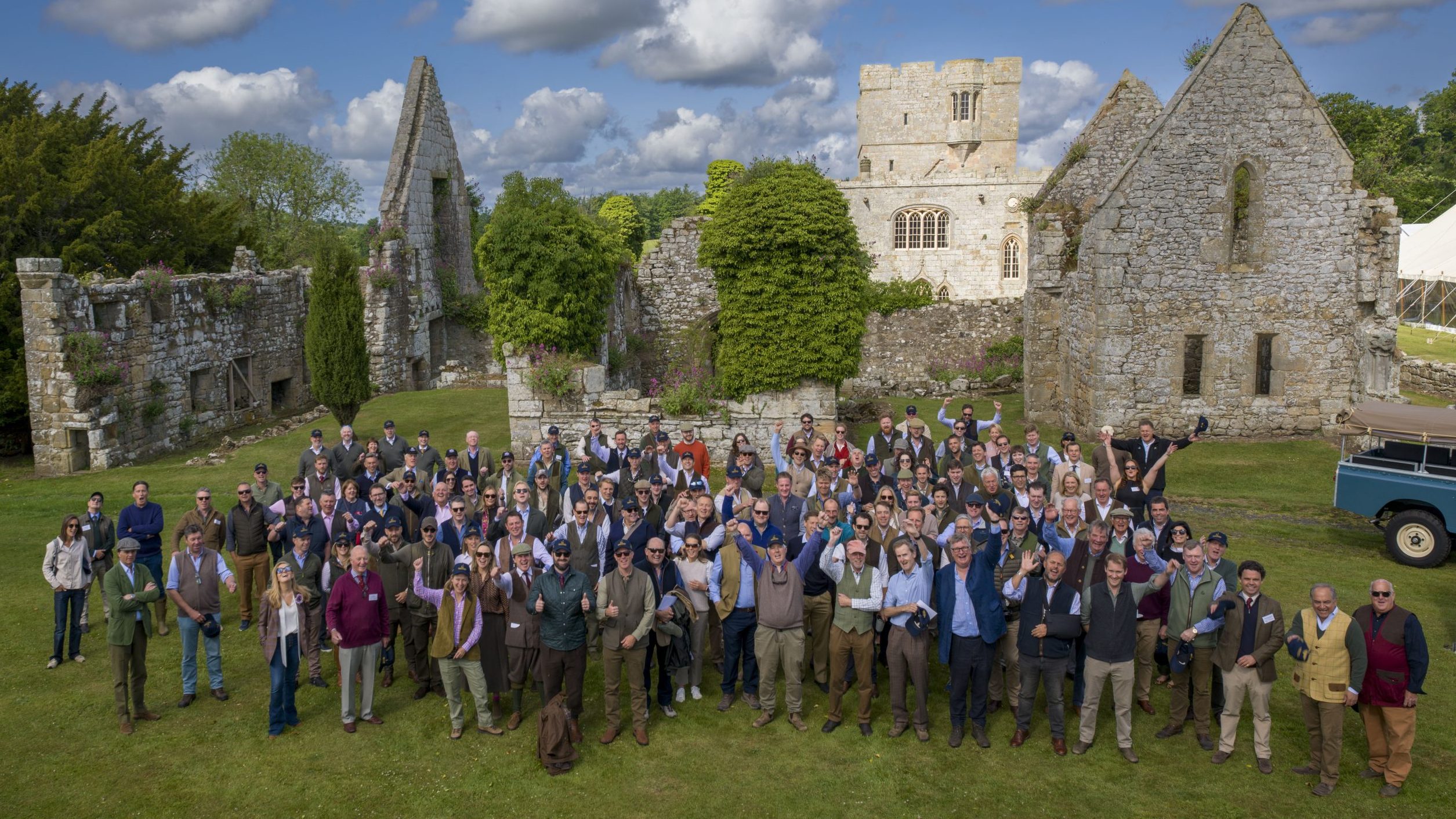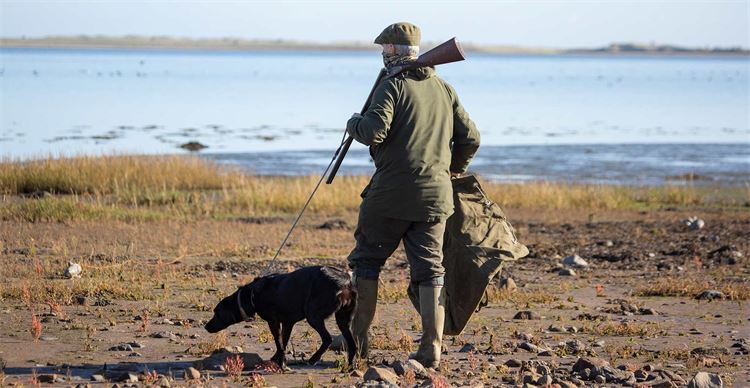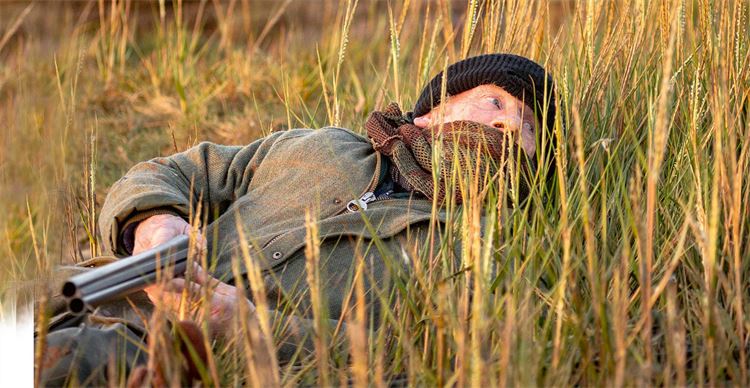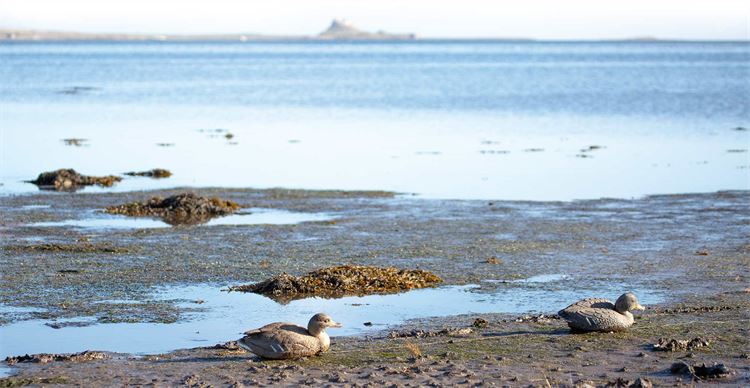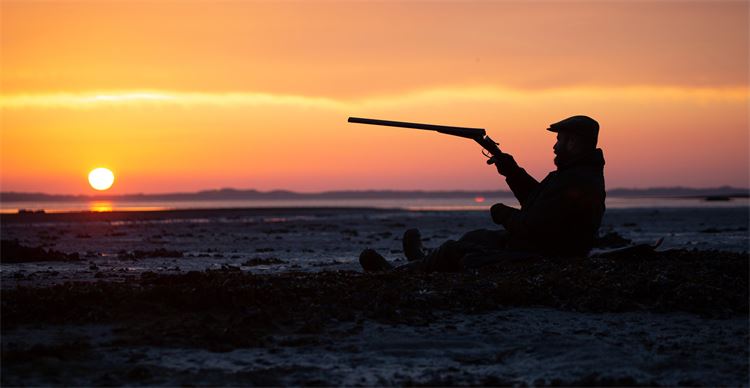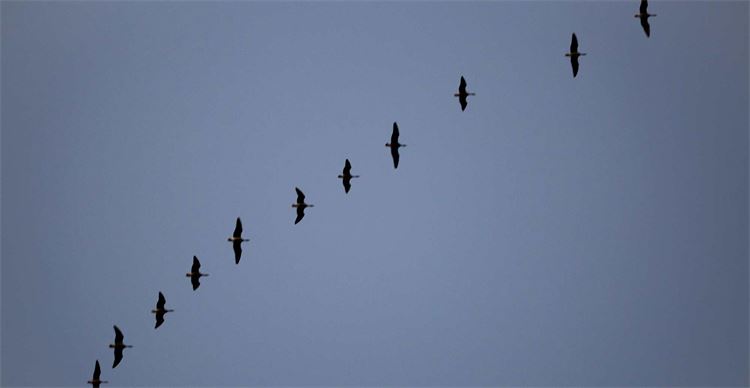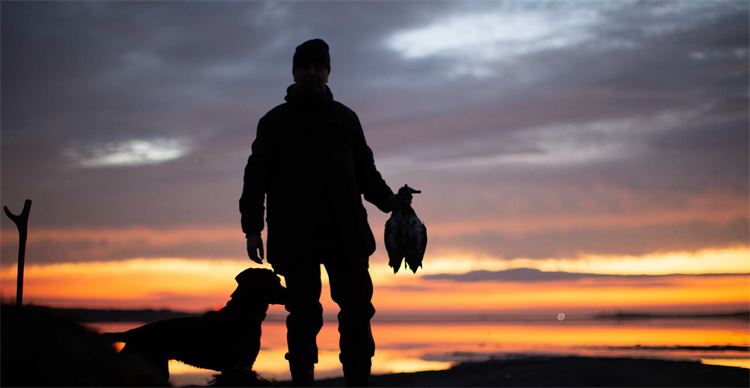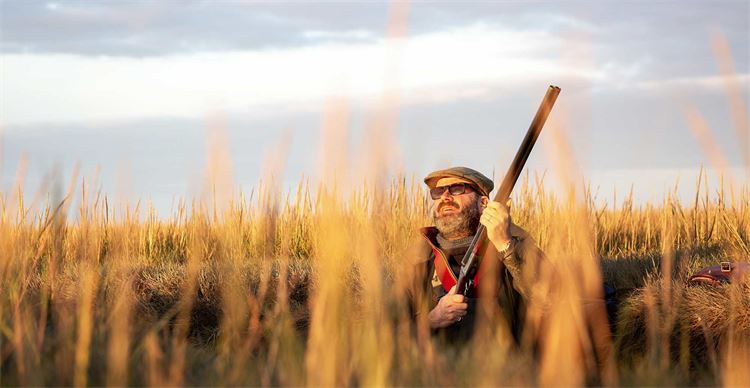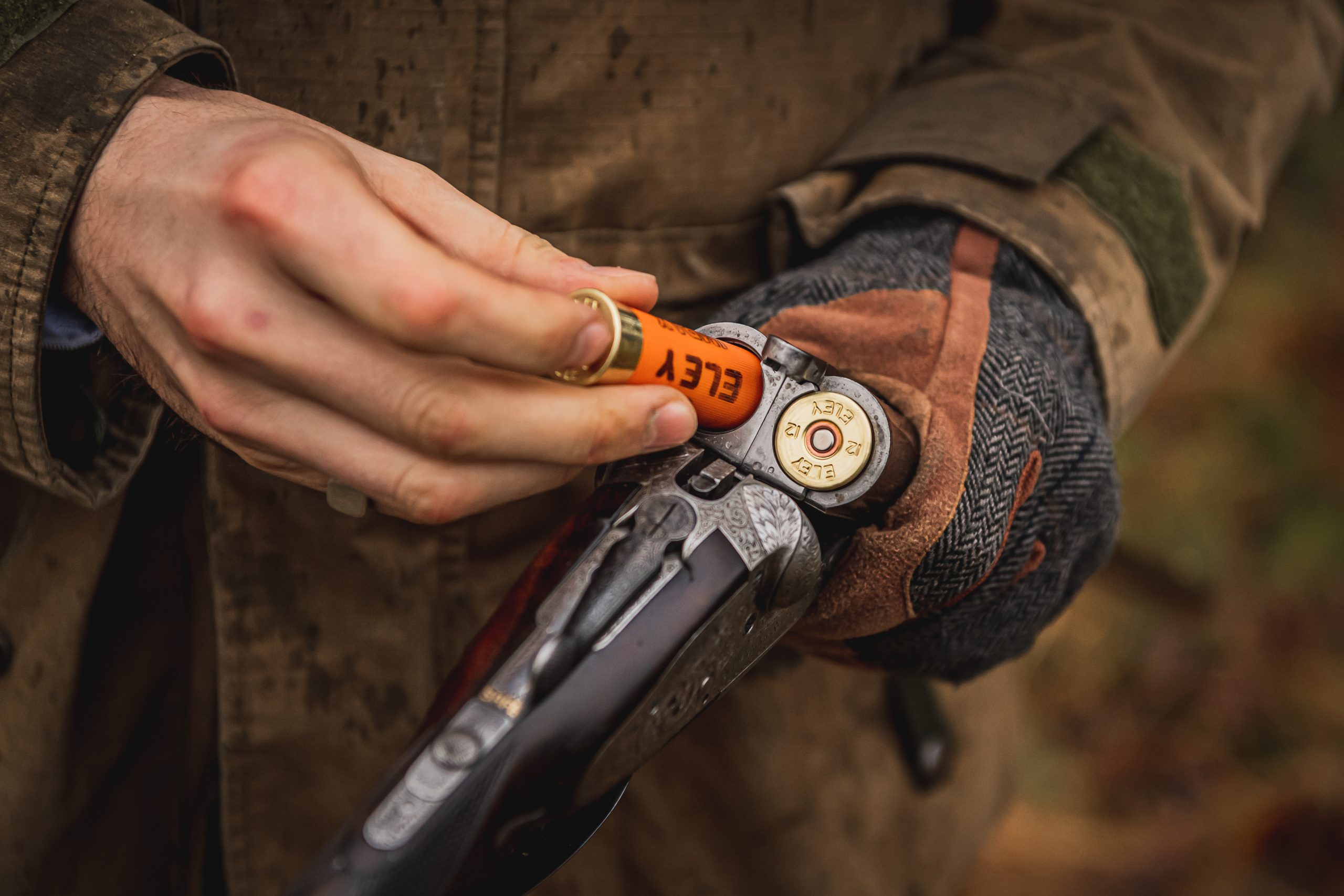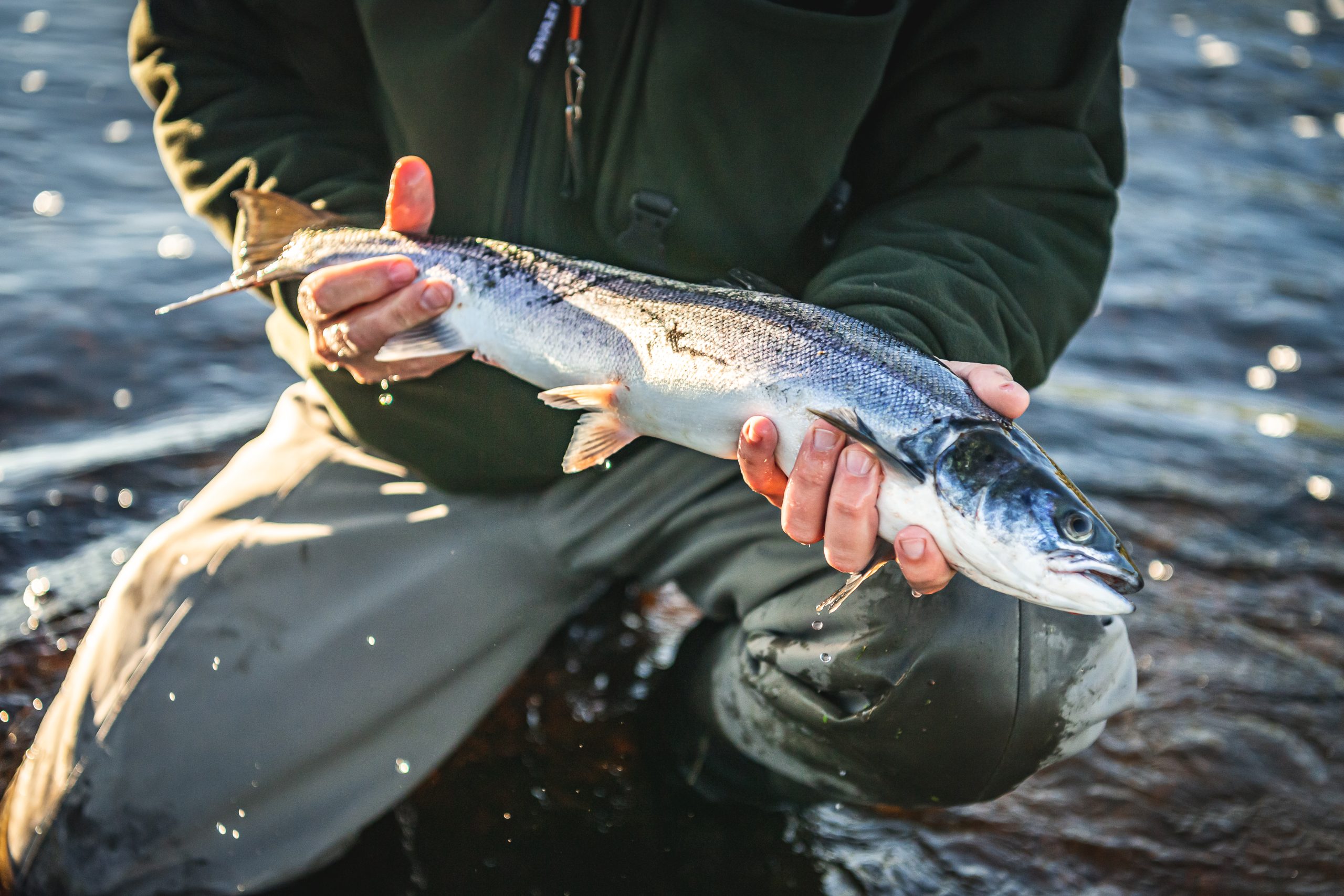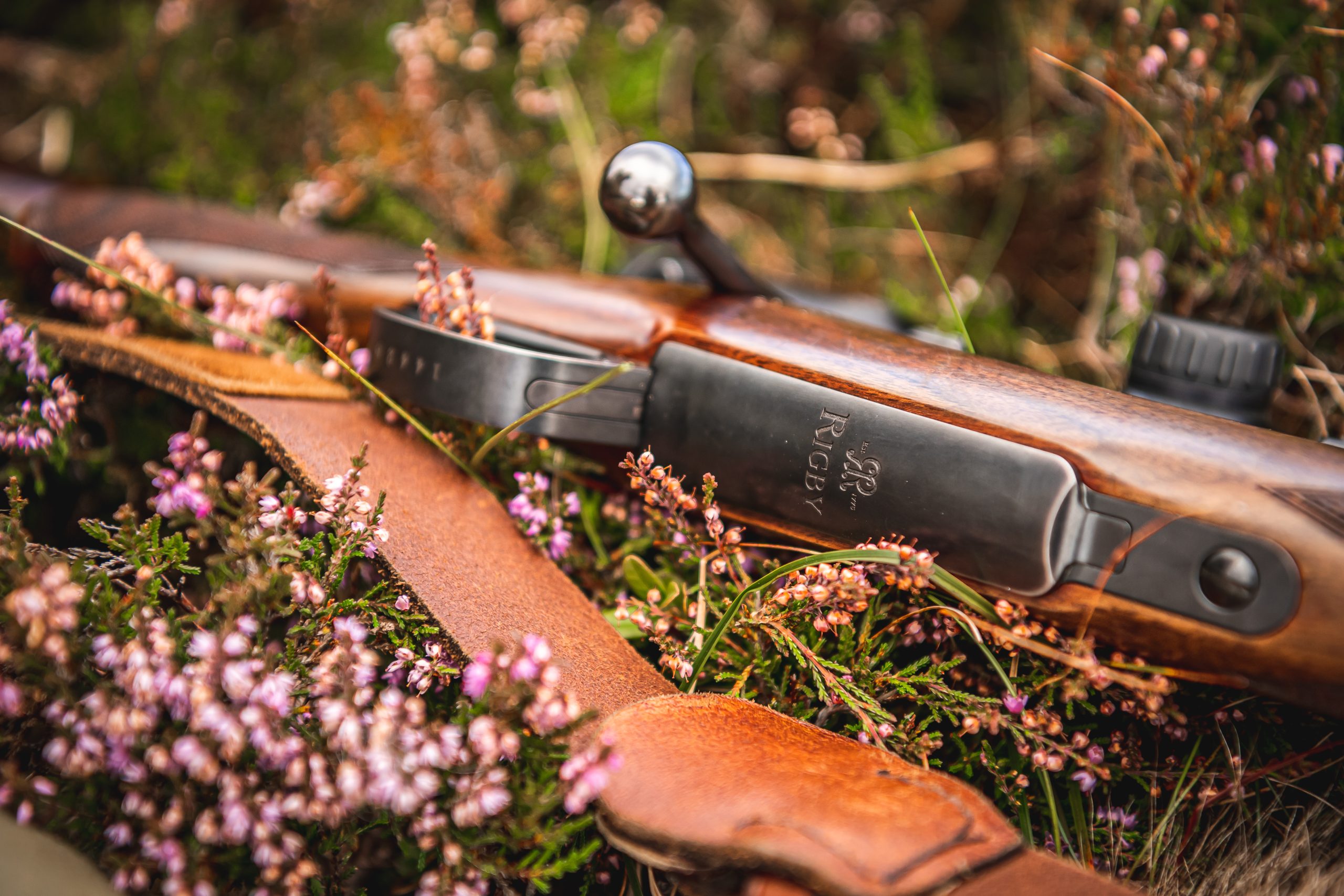Game shooting
Connoisseurs of light
Al Young describes his experience wildfowling in Lindisfarne, Northumberland.
Would you like to appear on our site? We offer sponsored articles and advertising to put you in front of our readers. Find out more.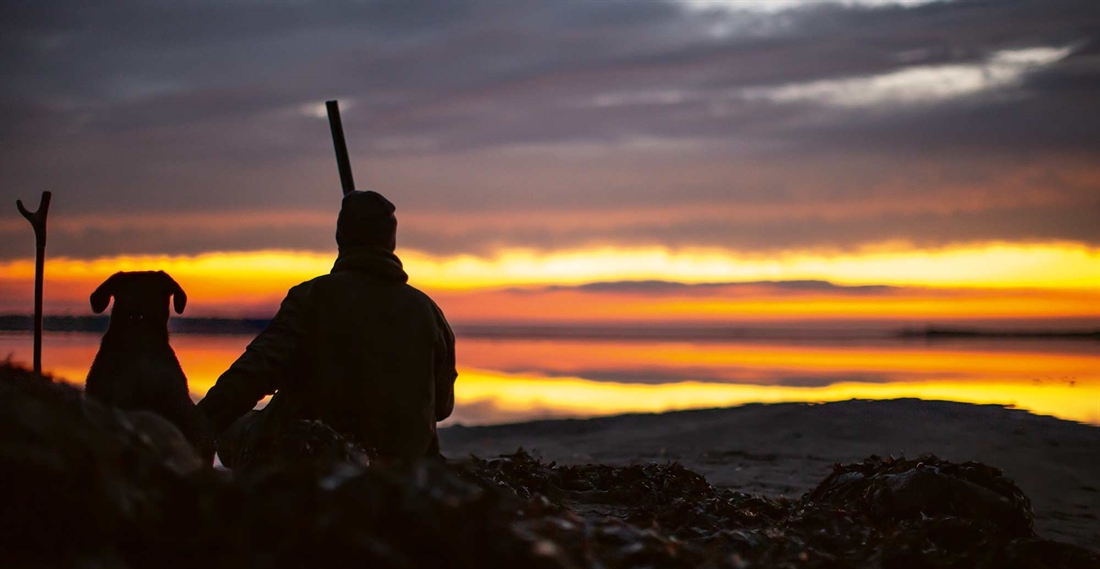
It’s almost a week since leaving Lindisfarne in Northumberland. Even now when I close my eyes, we’re back on the sands at half-light.
Turner, Varley, Girtin – some of Britain’s greatest artists have been captivated by Holy Island’s evocative light and it seems in everyone’s nature to be drawn to times and places of transition. Sunsets and sunrises. Beaches and waterfronts – places of change and ever-shifting horizons.
So does this innate human fascination mean Lindisfarne’s sands are crowded? They remain almost perfectly deserted. This place of delight is also one of danger.
For my guest Tim Cray, his young lab Darcy and me to venture out, we need guides. Those steeped in the art of navigating this world of sucking mud, hidden rivers and fast-switching tides – in daylight and ink-black night.
Our guides were unsurpassable: Sir Johnny Scott and Kenn Ball. Every year, through Natural England’s Wildfowling Scheme, they auction a trip to raise funds for BASC Young Shots and provide novices like Tim and I with a three-day wildfowling experience.
The wildfowlers have long shown the world that this eerie wilderness has priceless value. In the aftermath of WWII, the area surrounding Holy Island was under intense pressure from visiting wildfowlers, who were over shooting the site. Local wildfowlers and conservationists realised this wasn’t sustainable and came together to lobby Nature Conservancy (now Natural England) to establish a National Nature Reserve and formally manage wildfowling activity on Lindisfarne. In September 1964 it was granted this status, and as a result one can now enjoy vistas unaltered over millennia. And those with a permit to hunt here enjoy the wildest, purest shooting imaginable.
A tricky A1 makes our arrival at Lindisfarne three hours later than anticipated. Our hosts, graciously, have waited for us at the Inn. Sympathetic staff organise a last-minute dinner, pleasantries and beer is exchanged, a plan is hatched and we’re told to meet by our vehicles at 5am.
Despite the early hour, Tim and I are eager to know how much shooting we’re likely to see. Fortunately, we have manners enough not to ask. Kenn answers our unspoken question, not in words, but by dropping four 36g bismuth cartridges into our open hands. Four and no more. Our collection of cartridge bags and belts in the boot of Tim’s car now look childishly optimistic.
After driving in convoy a mile onto the Holy Island causeway, we park up, step off the tarmac and onto the mud. In the darkness, we file silently behind our guides across ditches, through beds of spartina grass. The night is cloudless and pin-sharp constellations glitter overhead. Johnny points out a tiny meteor shower. I wonder if the stars will be the only ones shooting.
Eventually, the mud path rises to drier sands then to high dunes broken by clumps of marram grass. Sir Johnny, Tim and Darcy break off to find the first spot to conceal themselves, whilst Kenn and I find another suitable patch and wait for daybreak.
Long before you see geese, you hear them. Chattering in their hundreds. In the glow of first light, we begin to make them out; great, distant skeins of pinkfeet crossing the horizon – dramatic, stirring and hopelessly out of range.
As the light intensifies, so does the sound of nearby geese. Slowly but surely, a flight is closing in on us. We swivel around to see a great wedge of pinkfeet appear over the brow of the dune – directly overhead. I move to shoulder my gun and look hopefully at Kenn – who gently shakes his head. Experience tells him the birds are 70 yards up – too high even for his mighty 36g loads.
In the bright morning light, we make our way back to Tim and Sir Johnny who emerge from the grass in their camouflaged masks – faces covered like brigands. Our first morning flight has come and gone and not one shot resounded over the flats. Yet we have seen a black night sky melt slowly into pinks, coppers and the honeys of the beach sands at dawn. I try to recall the last time I fully experienced a sunrise – I can’t, and certainly not one lovely as this.
After consuming vast, heaped breakfasts back at the Inn, Kenn and Johnny give us the choice of a daytime activity: a tour of the area, or decoying?
An hour later we’re seated at the water’s edge watching a string of plastic wigeon bounce behind Kenn like excited juveniles following their mother. He strides onto the mud to set them out framed by a glorious view of Lindisfarne Castle.
Then the wait begins. After a while my head turns towards what sounds like the forlorn bark of a lost dog. “Grey seal,” whispers Sir Johnny. Later, Tim strains to spot the bird making the bubbling coo-ee coo-ee – the haunting signature sound of the marshes. “Curlew,” says Kenn.
We wait and wait for duck. But not only do they not come in, neither, to Kenn’s surprise, does the tide. His decoys remain marooned on the mud until he retrieves them and we return to the pub to plan the evening flight.
At 4:30pm, issued with duck loads, we head southeast of the causeway. We look for a place to bed down and wait. I find a lump of mud at the back of the creek that forms a luxurious, if slippery, armchair. A bird whistles in the dark. I turn to Kenn. “A teal?” I ask. “What does it look like in flight?” His explanation does little to lift my hopes; “Well, like a bat – only smaller and faster.”
Suddenly, four wigeon zip straight over Tim. He mounts his gun a little late and misses with both barrels. The pack splits sending three duck rocketing towards me. I fumble, slip a little on my muddy platform and also miss with both barrels.
We roll eyes upwards searching for consolation and find the bright, yellow quarter moon veiled in shifting shrouds of purples and blues. Tim remarks that this trip, although unlikely to make us gourmands of wildfowl, will certainly make us connoisseurs of light.
Undeterred, we rise again before 5am. This time the straight-talking Geordie Paul Scott will be our guide on the flats. He tells us we head to ‘Dolphin Stones’.
Veteran Natural England wildfowling warden Collin Teago wishes us good luck and, after a mile and half trudge over heel-sucking mud, we eventually make out a low pile of dark rubble. Ballast stones from the hull of the long lost ‘Dolphin’. Paul instructs us to bed down in the rocks while he takes position on a mussel bed to the east to ‘keep an eye on us’.
Again, the chatter of geese sounds all around; the terrier bark of the barnacle goose and the brrr…brrr of the brent. Both protected species. Three mute swans glide like ghosts out of the gloom, they pass us – almost close enough to touch, before being re-enveloped by the inky shrouds of mist.
I peer at a solitary silhouetted duck coming in straight towards me. I lift my muzzle and I move to shoulder the gun – straining to identify it. The silence is broken by a resounding “NOOOOOOO-MANNN!” Paul’s way of letting me know this bird, too, is not our quarry. I dismount the gun and three seconds later the black, white and tan shelduck sails clean over us.
We wait a little longer. The sky is brighter now. Crimson clouds, lit by a blazing red sunrise. Suddenly the air is filled with a hundred high-piping calls of weee-ooo. It’s intoxicating. These are wigeon – and fair game.
Two great flights of them cross over, each behind us in a fast-streaming X shape. They are so tightly packed, so quick, it seems impossible to choose a target. One little outlier breaks from the pack. Tim swings onto him. He spots us and jinks, Tim cambers his barrels, fires, and the duck folds and falls. We watch him splash into shallows, breaking the flat water’s mirror-like surface into shimmering red ripples. The excitement is way too much for Tim’s young lab Darcy. She chews through her lead and rockets off to retrieve the duck.
“GITTHATDOGUNDERCONTRAWLLLL!” booms Paul from the darkness. To her credit, Darcy turns and trots back to Tim contritely – giving neither him, nor Paul, further cause to raise voices.
A second gathering of wee-woo calls fill the air to our right – another flying thicket of wigeon. A great swirling bait-ball of duck. Although slow off the mark, I swing onto a bird that breaks from the pack and my second barrel takes it dead in the air – it thumps onto the flats towards Paul.
The light gathers and it feels good to have our persistence rewarded, not just by a handsome brace of wigeon but by a sunrise constructed of layered magentas.
Over another mammoth breakfast, we learn that Paul’s partner has just delivered a new baby. It was beyond generous of him to give us his time this morning and speaks volumes of the sacrifices these seasoned wildfowlers willingly make to watch over the birds and over novices like us.
Ducks plucked, drawn and refrigerated, we set off to Berwick to fetch a chain lead for Darcy – we don’t want to take any chances on our final morning flight.
By 5:45am, we’re back on Dolphin Stones waiting for the first glimmers of dawn. Although we can’t see them, the honking chatter of pinkfeet geese is almost overwhelming. They are close. Very close. And as the gloom lifts – just 150 metres to our left – we see them in a vast grey shifting carpet. We try and stay as still as possible. When these big birds inevitably lift, at least some must come over us?
We watch for a further 20 minutes. Then, simultaneously, in a thunderous clatter of a thousand great wings, they take to the air – but not towards us. Did one of us move? No, something else did – and it moved at 90mph; a peregrine dive-bombing and barrel rolling into the great flock – driving them ever further away. One tiny falcon with the power to lift, corral and scatter 500 huge geese.
As if the theatre of the peregrine was not adequate compensation for losing our final chance of a goose, the sands offer more consolation: two wigeon swoop in straight towards us, so low we lose them for seconds against the mud. Suddenly, they reappear framed against the sky, climbing hard and fast then suddenly arcing right. Tim’s muzzles arc after them, firing our first and only cartridge of the day. The leading bird cartwheels dead in the air. Tim slips Darcy and she executes a perfect retrieve. We tramp happily towards our distant cars under a sky of powder blue, ribboned by clouds of tangerine.
Three birds in as many days. But Tim and I have no complaints – only praise for Natural England’s Reserve and for our wonderful hosts.
The ever-wise Sir Johnny sums it up perfectly: “Never should the quality of a day be measured by the weight of the bag.” Tim and I might add, perhaps, days should also be measured by the quality of their light.
If you want to go…
Lindisfarne’s wildfowling scheme is run by Natural England and administered in partnership with their National Nature Reserve team and BASC. For permit applications, visit the BASC website.
Related articles
Game shooting
The Glorious Nineteenth
Rhode Island may not immediately come to mind as a prime destination for a shooting trip, but The Preserve Sporting Club and Resort is changing that perception.
By Time Well Spent
Game shooting
Lunar escape
Likened by some to shooting on the moon, Morocco’s El Koudia is full of adventure, unique experiences and an abundance of terrain that you simply won’t find elsewhere
By Time Well Spent
Get the latest news delivered direct to your door
Subscribe to Fieldsports Journal
Elevate your experience in the field with a subscription to Fieldsports Journal, the premium publication for passionate country sports enthusiasts. This bi-monthly journal delivers unparalleled coverage of game shooting, fishing and big game across the UK and beyond.
Each issue offers a stunning collection of in-depth features, expert opinions and world-class photography, all presented in a timeless yet contemporary design.
Save 10% on shop price when you subscribe, with a choice of packages that work for you. Choose from Print & Digital or Digital only with each journal delivered directly to your door or via the app every other month, plus access to past issues with the digital back issue library.


Manage Consent
To provide the best experiences, we use technologies like cookies to store and/or access device information. Consenting to these technologies will allow us to process data such as browsing behavior or unique IDs on this site. Not consenting or withdrawing consent, may adversely affect certain features and functions.
Functional Always active
The technical storage or access is strictly necessary for the legitimate purpose of enabling the use of a specific service explicitly requested by the subscriber or user, or for the sole purpose of carrying out the transmission of a communication over an electronic communications network.
Preferences
The technical storage or access is necessary for the legitimate purpose of storing preferences that are not requested by the subscriber or user.
Statistics
The technical storage or access that is used exclusively for statistical purposes.
The technical storage or access that is used exclusively for anonymous statistical purposes. Without a subpoena, voluntary compliance on the part of your Internet Service Provider, or additional records from a third party, information stored or retrieved for this purpose alone cannot usually be used to identify you.
Marketing
The technical storage or access is required to create user profiles to send advertising, or to track the user on a website or across several websites for similar marketing purposes.


